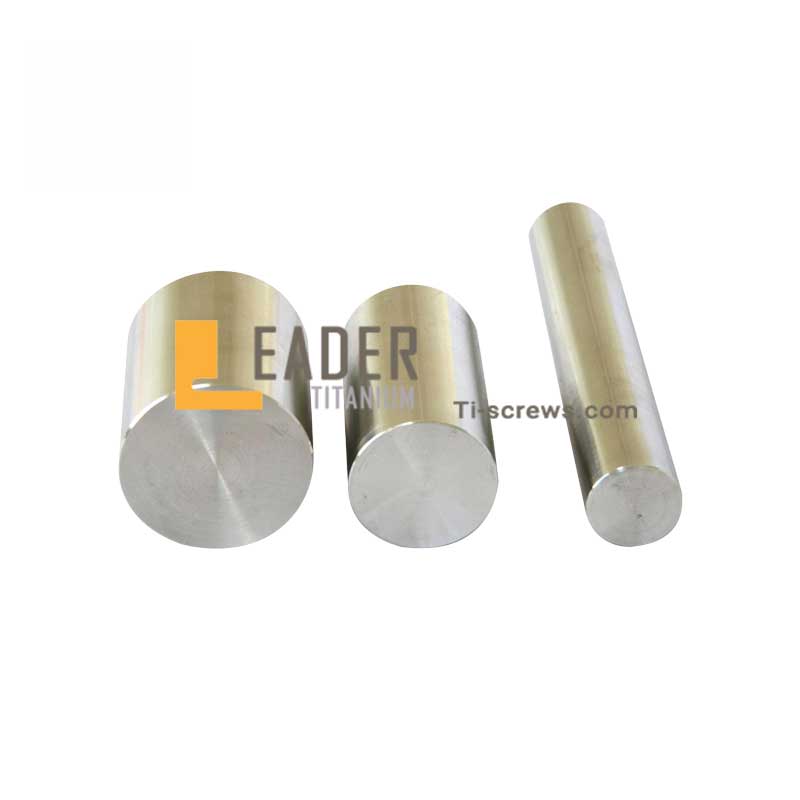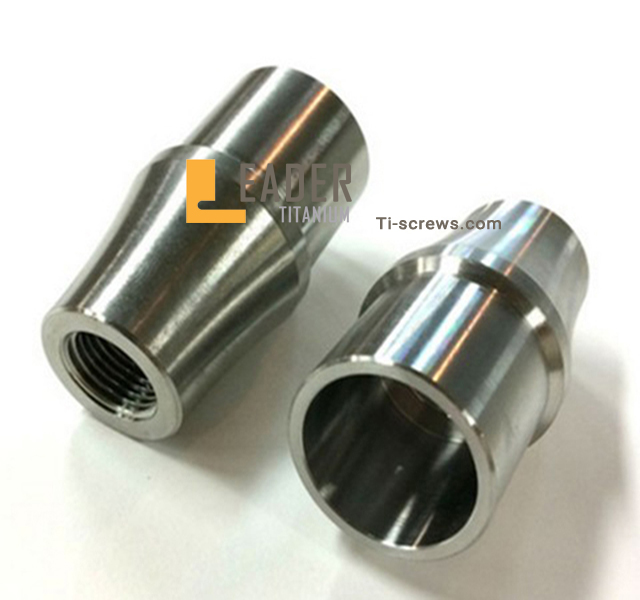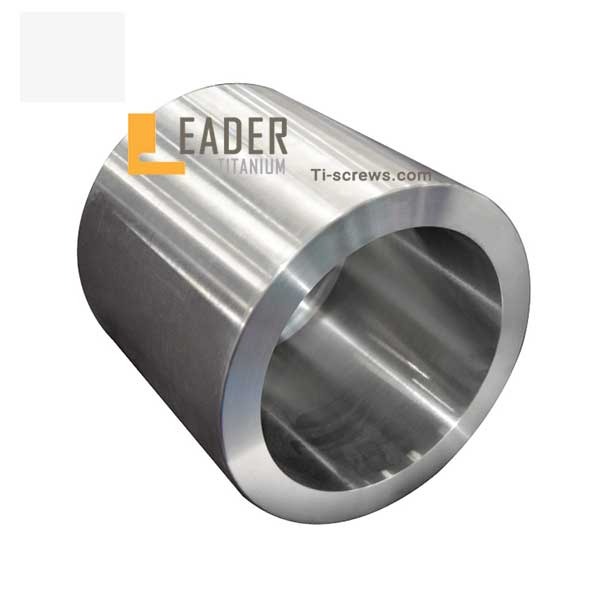- Need Help?
- +86 182 9175 5582
- info@ti-screws.com
The surface treatment method for processing titanium and titanium alloy forgings

What are the properties and uses of titanium alloy rods?
June 28, 2019
Titanium brand comparison table
July 2, 2019The density of the titanium alloy is small, so the inertia of the titanium liquid flowing is small, and the fluidity of the molten titanium is poor, so that the casting flow rate is low. The casting temperature and the mold temperature difference (300 °C) are large, the cooling is fast, the casting is carried out in a protective atmosphere, and defects such as pores are inevitable on the surface and inside of the titanium casting, which has a great influence on the quality of the titanium casting. The following describes the titanium alloy forgings. Surface treatment method.
First, the removal of the surface reaction layer
The surface reaction layer is the main factor affecting the physical and chemical properties of titanium castings. Before the titanium castings are polished and polished, it is necessary to completely remove the surface contamination layer to achieve a satisfactory polishing effect. The surface reaction layer of titanium can be completely removed by pickling after sandblasting.
1. Sand blasting: The blasting treatment of titanium castings generally uses white corundum coarse spraying, and the pressure of sand blasting is smaller than that of non-precious metals, generally controlled below 0.45Mpa. Because, when the injection pressure is too large, the sand particles will strike a strong spark on the titanium surface, and the temperature rise can react with the titanium surface to form secondary pollution, which affects the surface quality. The time is 15 to 30 seconds, and only the sand, the surface sintered layer, and the portion and the oxide layer on the surface of the casting can be removed. The remaining surface reaction layer structure should be quickly removed by chemical pickling.
2. Pickling: Pickling can completely remove the surface reaction layer quickly, and the surface will not be contaminated by other elements. Both HF-HCl and HF-HNO3 acid pickling solutions can be used for pickling of titanium, but HF-HCl acid pickling liquid absorbs a large amount of hydrogen, while HF-HNO3 pickling liquid has a small hydrogen absorption amount, which can control HNO3. The concentration of the hydrogen is reduced, and the surface can be brightly treated. Generally, the concentration of HF is about 3% to 5%, and the concentration of HNO3 is about 15% to 30%.
Second, the processing of casting defects
Internal air holes and shrinkage holes internal defects: can be removed by hot isostatic pressing, but the accuracy of the denture will be affected. It is best to use X-ray flaw detection, the surface is removed from the exposed pores, and the laser is used for repair welding. Surface porosity defects can be directly repaired by laser local welding.
Third, grinding and polishing
1. Mechanical grinding: Titanium has high chemical reactivity, low thermal conductivity, high viscosity, low mechanical grinding and grinding ratio, and easy reaction of abrasives. Ordinary abrasives are not suitable for grinding and polishing of titanium. Superhard abrasives, such as diamond, cubic boron nitride, etc., the polishing line speed is generally 900~1800m/min. Otherwise, the titanium surface is prone to burns and microcracks.
2. Chemical polishing: Chemical polishing is achieved by the redox reaction of metal in a chemical medium to achieve leveling and polishing. The advantage is that the chemical polishing is independent of the hardness, polishing area and structural shape of the metal. Where the contact with the polishing liquid is polished, it does not require special complicated equipment, and is easy to operate, and is suitable for polishing the complex structure titanium denture bracket. However, the process parameters of chemical polishing are difficult to control, and it is required to have a good polishing effect on the denture without affecting the accuracy of the denture.
Fourth, coloring
In order to increase the aesthetics of the titanium denture and prevent the discoloration of the titanium denture under natural conditions, the surface nitriding treatment, atmospheric oxidation and anodizing surface treatment can be used to form a pale yellow or golden yellow surface to improve the titanium denture. Aesthetic. The anodizing method utilizes the interference effect of the oxide film of titanium on light, and naturally develops color, and can form a colorful color on the surface of titanium by changing the cell voltage.
For more information please visit for www.ti-screws.com
You also can visit for our Facebook and Instagram
Email, Ade-titanium@hotmail.com
Whatsapp, +86-18291755582
Skype, Ade-0917



